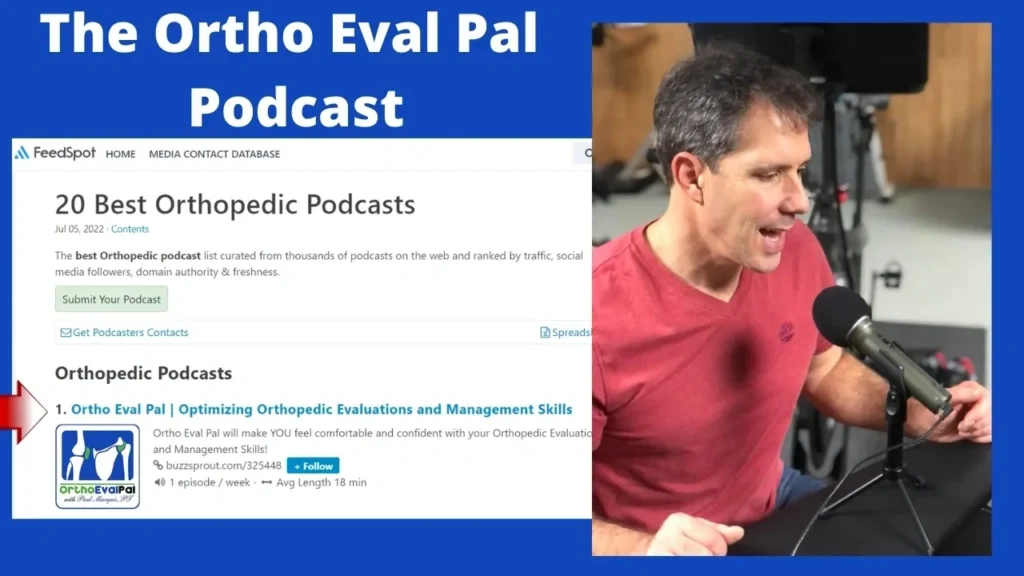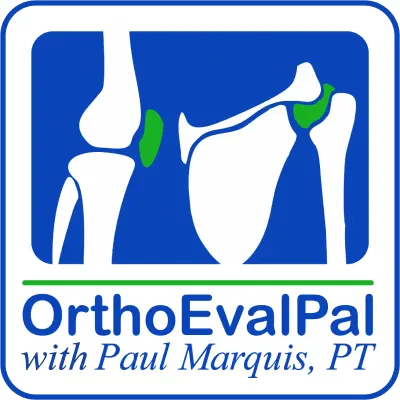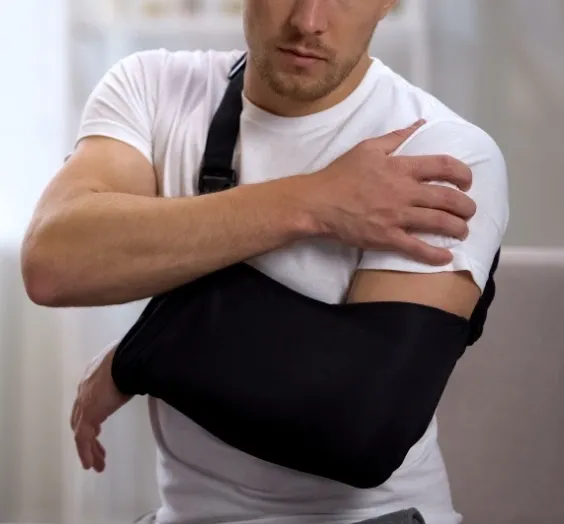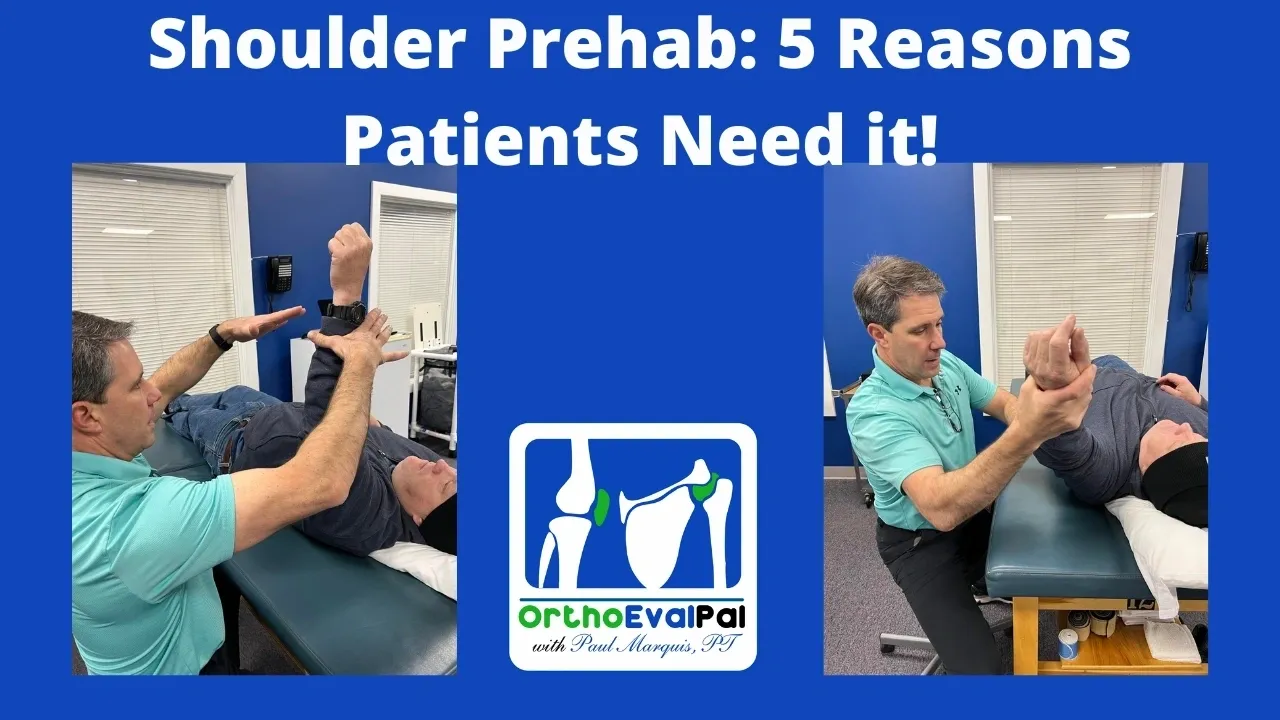
Shoulder Prehab: 5 Reasons Patients Need it!
It’s almost not right to blog about patients who are going to be having shoulder surgery and prehab because everyone is looking for a “protocol” or a “boiler plate” program that simply walks them through a straight forward process. The reality is, there are so many different factors involved when it comes to treating patients with rotator cuff tears. Size of the tear, direction of the tear, tissue integrity, patient age, co-morbidities, number of muscles torn, etc..
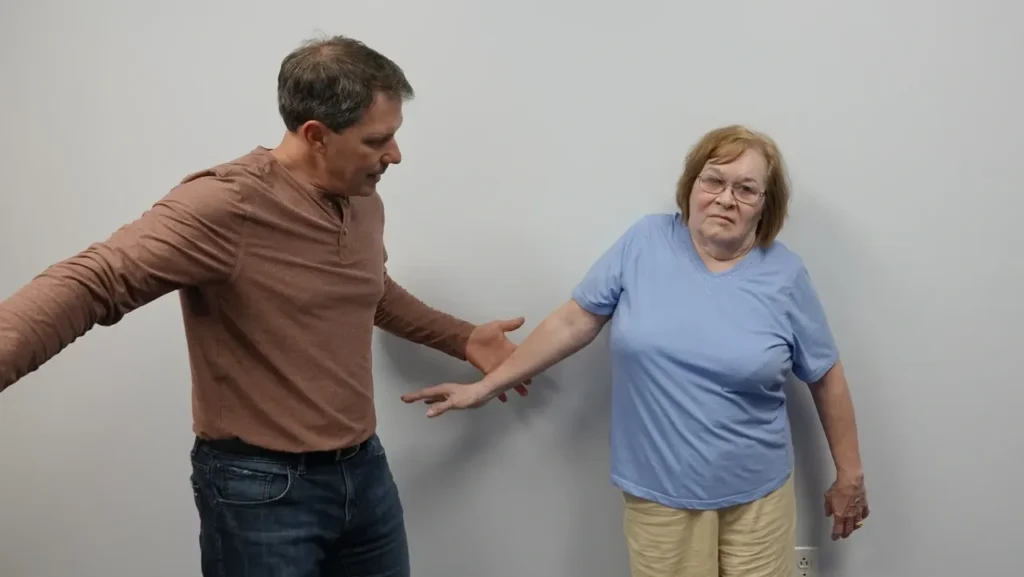
On the other hand, there are a number of patients who are scheduled for a rotator cuff repair  who will do quite well with “prehab” and not require surgery. After 30 years of practice, I have seen patients who have averted surgery and others who have required it. So why should we do shoulder prehab exercises with rotator cuff tears?
#1 EDUCATION!!
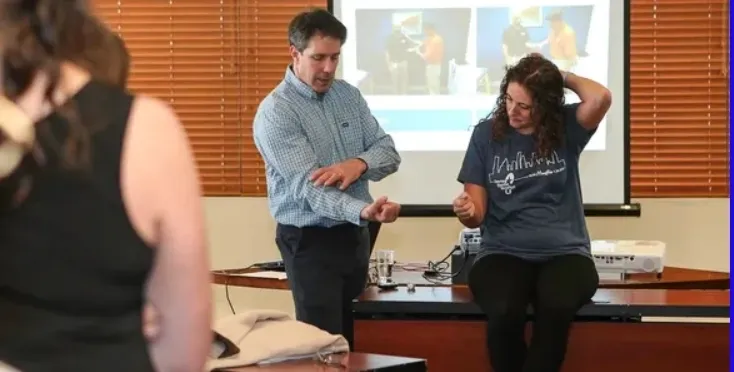
Remember this…Many orthopedic patients receive steady guidance from the time of surgery until they are fully functional. You see this happen a lot with total hip and knee replacements. Â Now, patients who have rotator cuff repairs don’t get this. Â They usually go home with written instructions and return to the surgeon’s office in a couple weeks for suture removal and a quick check. Â Some are referred to PT or OT at that time but often will not start until the 4,6 or 8 weeks. Â I’ve even seen patients who don’t start until 12 weeks after surgery. Â The patient has a lot of time to get in trouble during this period of no guidance. Â
Here are several things you can do during rotator cuff prehab or shoulder prehab to help educate your patients:
- Teach about proper arm position in the sling.
- Instruct how to don and doff a shirt while in the sling.
- Show them how to properly sleep in a recliner or bed.
- Demonstrate which motions to avoid, both actively and passively.
- Teach safe finger, hand and wrist exercises.
- Demonstrate how to do a pendulum exercise and how to properly get into that position from the sling.
- Have the patient wear a sling for a whole day before surgery. They will quickly figure out how to modify their home environment to prepare for surgery.
#2 PREVENT ADHESIVE CAPSULITIS
- Proper passive stretching and a home exercise program can keep the surrounding shoulder capsule loose and maintain good neural mobility throughout the upper extremity.
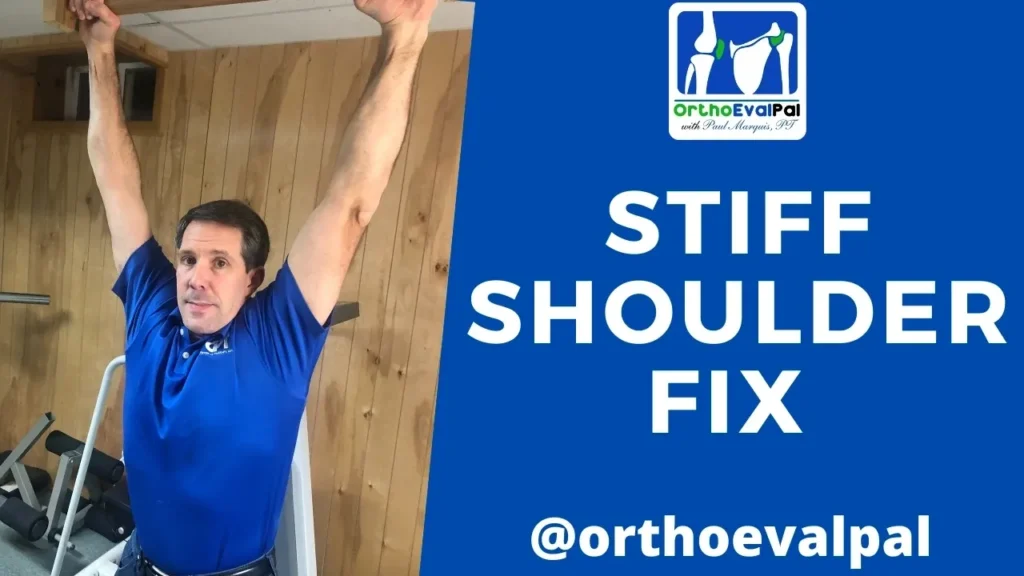
- Try to avoid positions that overstretch the tear by knowing your anatomy and LISTENING  to your patient. It’s okay to stretch your patient into internal rotation if they have an infraspinatus tear. Just go slow with a low load, long duration stretch. If they can’t tolerate  that, the try some joint mobilizations while in the plane of the scapula. It’s a great way to put the cuff on “slack†and mobilize the capsule.
👉👉Here are several things you can do during shoulder prehab to help EDUCATE your patients:
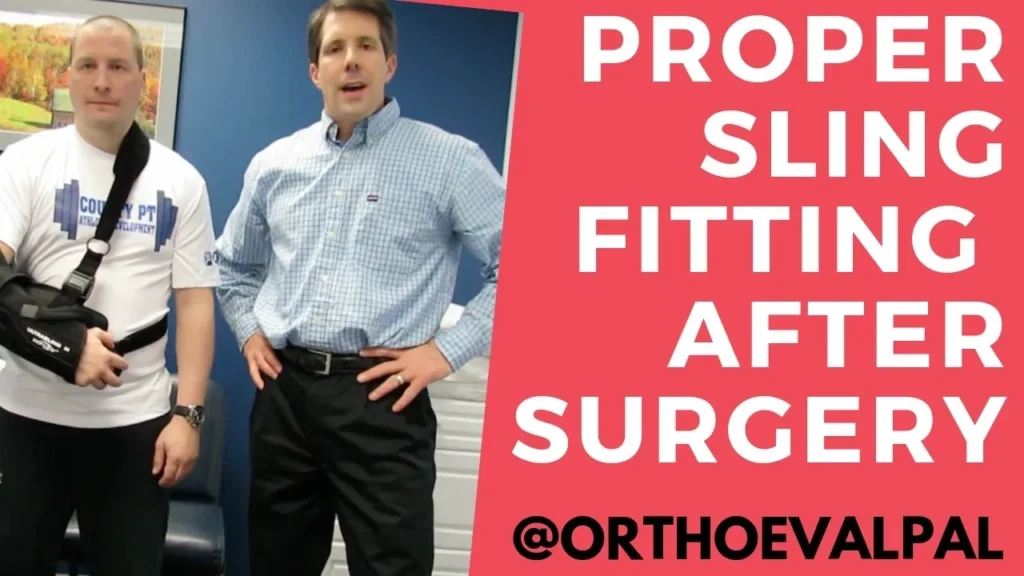
- Instruct how to don and doff a shirt while in the sling.⬇⬇⬇Video⬇⬇⬇
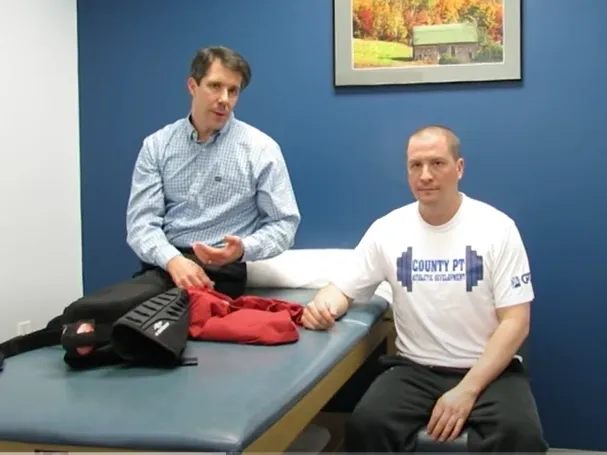
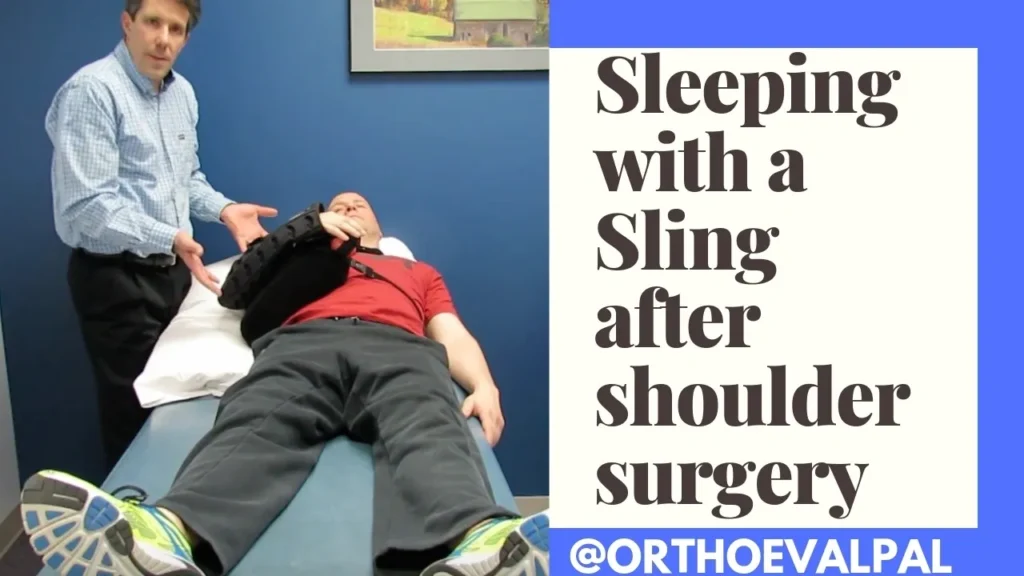
- Demonstrate which motions to avoid, both actively and passively.
- Teach safe finger, hand and wrist exercises.
- Demonstrate how to do a pendulum exercise and how to properly get into that position from the sling. ⬇⬇⬇Video⬇⬇⬇
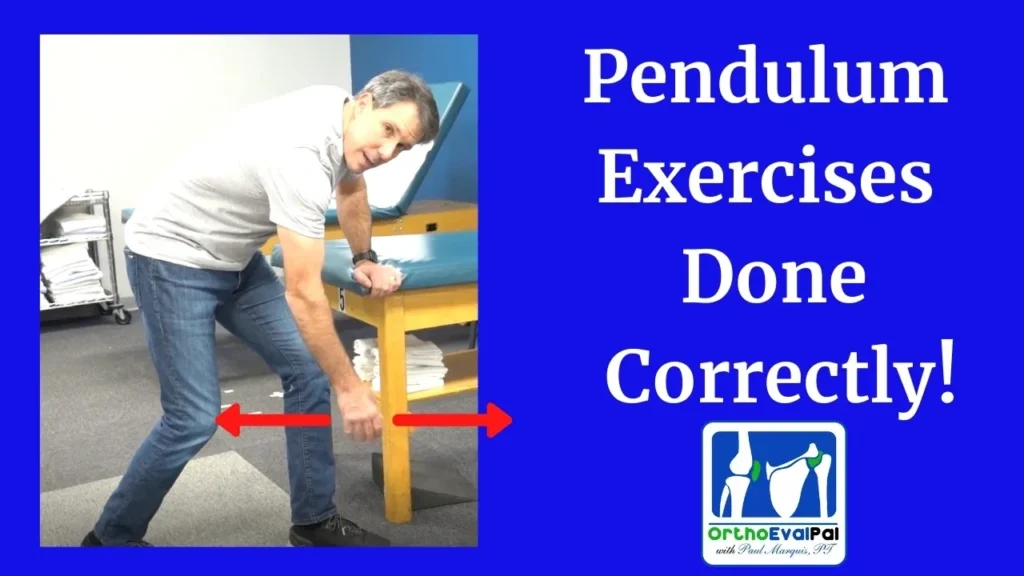
- Have the patient wear a sling for a whole day before surgery. They will quickly figure out how to modify their home environment to prepare for surgery.
#2 PREVENT ADHESIVE CAPSULITIS
- Proper passive stretching and a home exercise program can keep the surrounding shoulder capsule loose and maintain good neural mobility throughout the upper extremity.
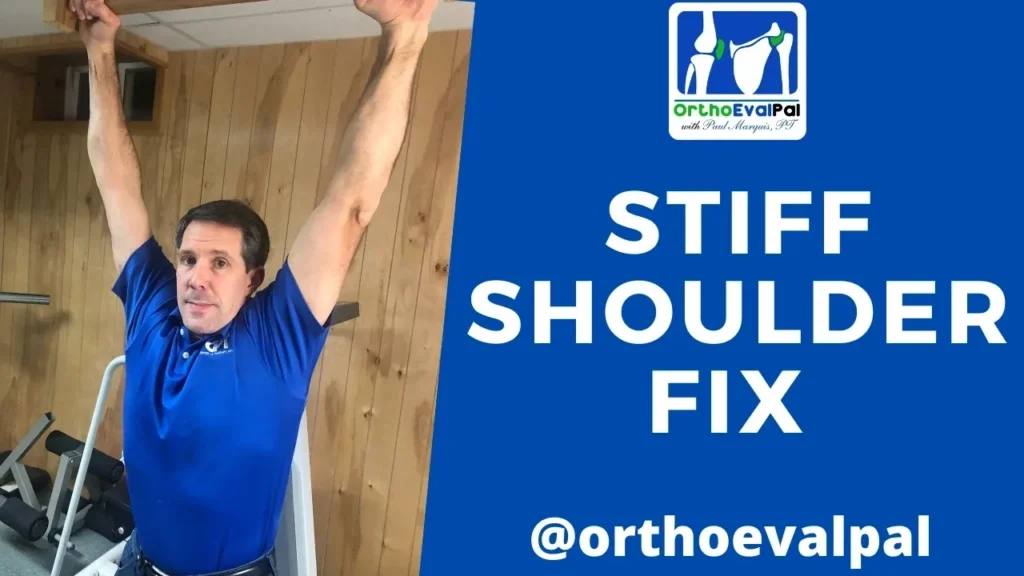
- Try to avoid positions that overstretch the tear by knowing your anatomy and LISTENING to your patient. It’s okay to stretch your patient into internal rotation if they have an infraspinatus tear. Just go slow with a low load, long duration stretch. If they can’t tolerate that, then try some joint mobilizations while in the plane of the scapula. It’s a great way to put the cuff on “slack†and mobilize the capsule. ⬇⬇⬇Adhesive Capsulitis Webinar⬇⬇⬇
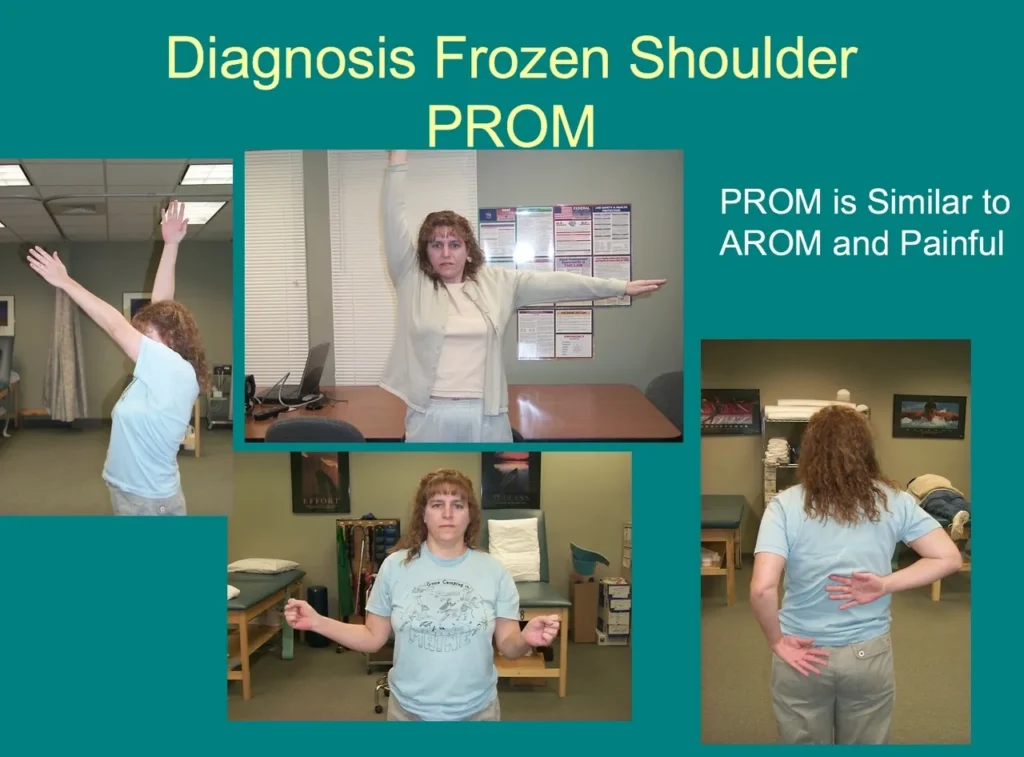
#3 BUILD PATIENT CONFIDENCE!!
Patients who are not familiar with physical or occupational therapy may be misguided by friends, family, co-workers etc… Not only do they not know the therapist, but they may simply be uncomfortable in a new environment. One thing I have learned is that if a patient is comfortable with you prior to surgery, they will relax for you much better after and be much more compliant regarding post operative treatment.
#4 ACTIVATE SCAPULAR STABILIZERS AND AVAILABLE SURROUNDING MUSCLES
Your scapular stabilizers are a big player in this game. Get them going early. I have a few pics to show what I like to start with. If the biceps are not painful, activate those. Remember, they help slightly with humeral head depression when elevating the arm overhead.
💪Warm up a little bit
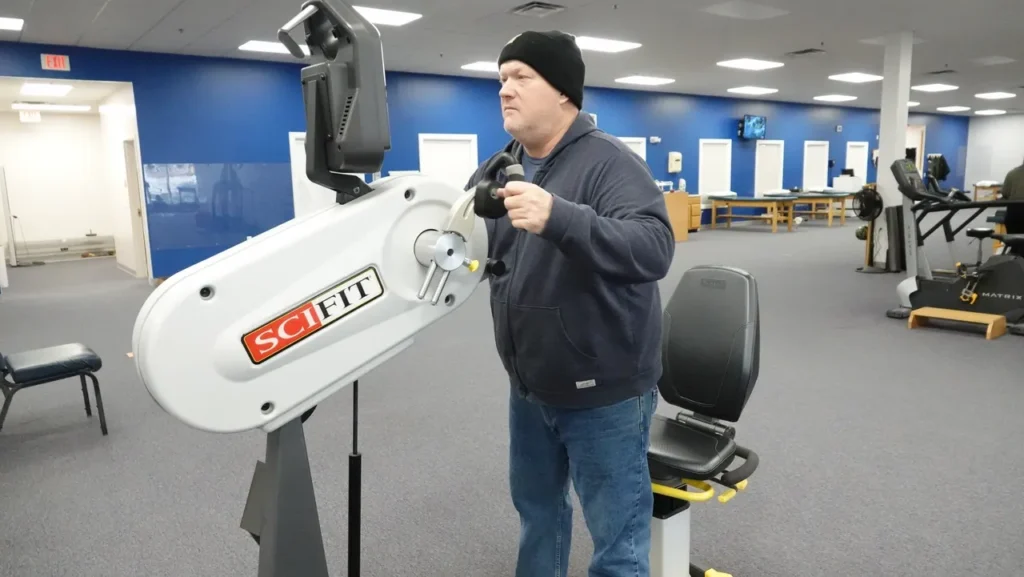
Add some isometrics! Manually and independently.
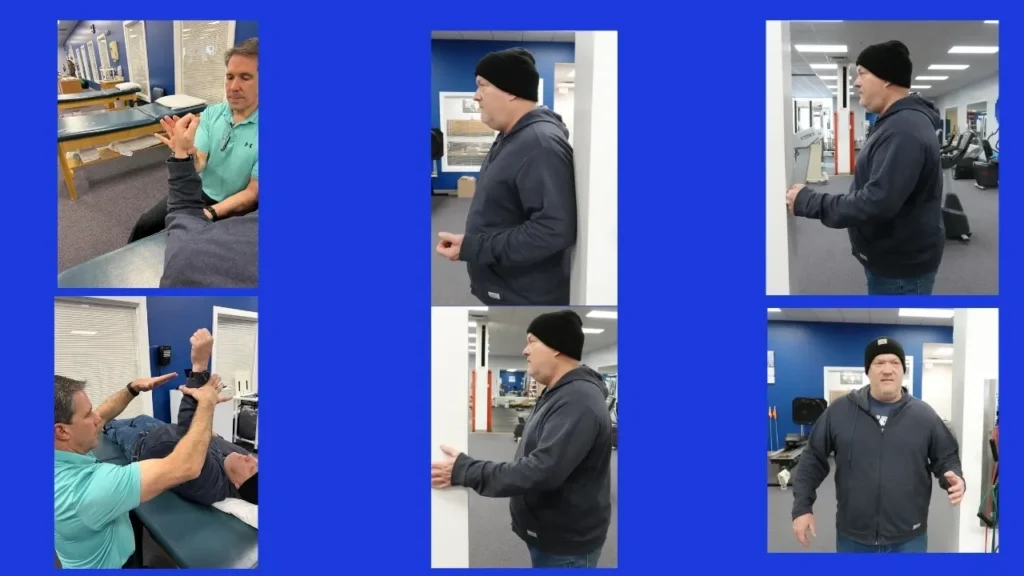
Strengthen in the ranges that are comfortable and modify when needed.
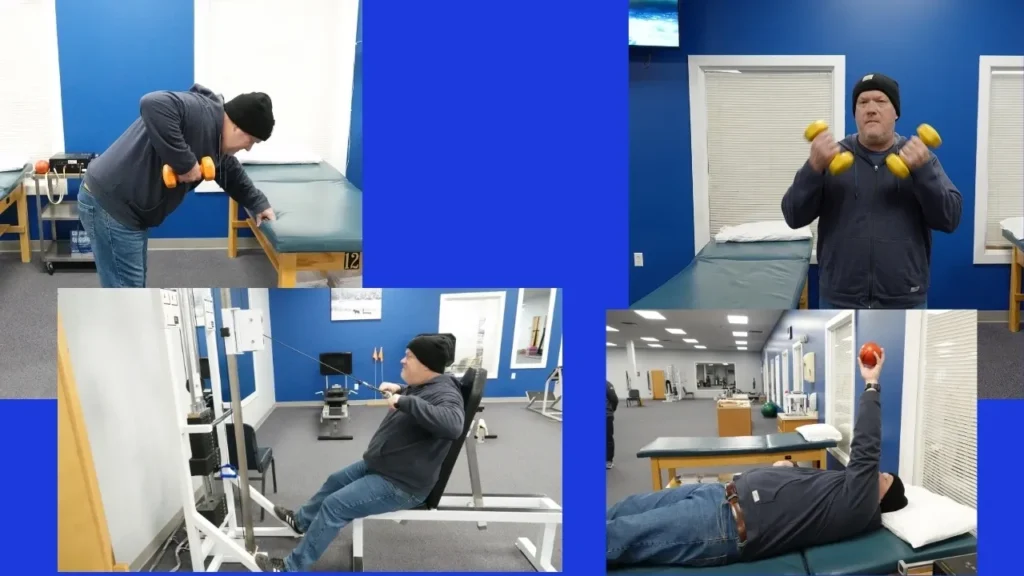
#5 THE PATIENT MIGHT GET BETTER AND NOT NEED SURGERY AT ALL!!
There are a lot of people out there with rotator cuff tears who live a comfortable and functional life and don’t need surgery. I have identified people with rotator cuff tears who never even knew they had one. The hard part is figuring out which people will do best with surgery and who will do well with prehab. An acutely inflamed rotator cuff can look just like a cuff tear because of reflex inhibition. Give it some time and a good progressive prehab program and see how well they do.
For more comprehensive information and all that Ortho Eval Pal has to offer such as Online Coaching, Webinars, Downloadable Courses, e-Books and so much more, go to WWW.ORTHOEVALPAL.COM   ⬇⬇⬇⬇⬇⬇⬇⬇⬇⬇⬇⬇⬇⬇⬇⬇⬇⬇⬇⬇⬇⬇⬇⬇⬇⬇⬇⬇Â
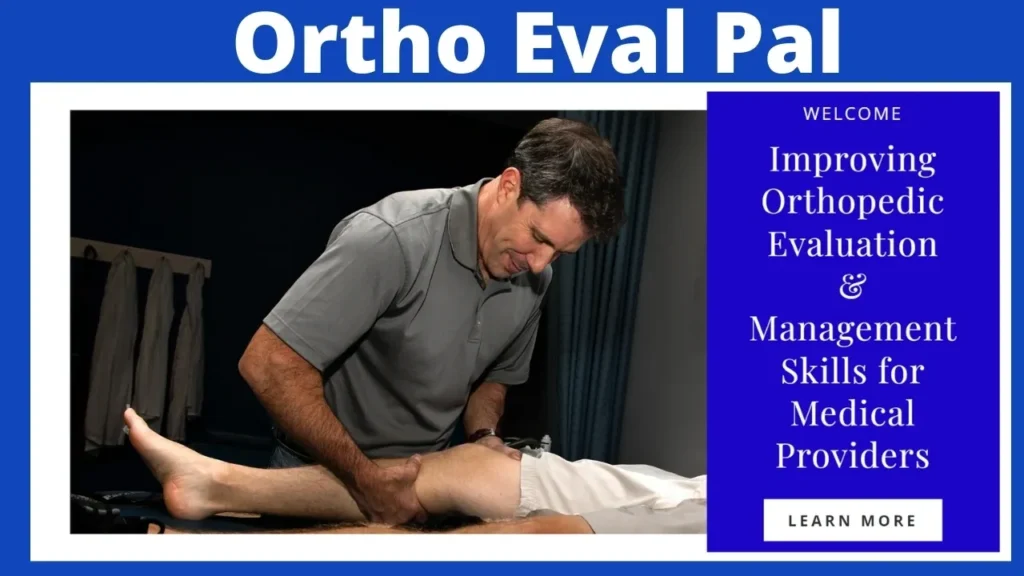
Don’t forget to visit our extensive video library of orthopedic injuries, evaluations, treatment pearls, product reviews, interviews and so much more!!
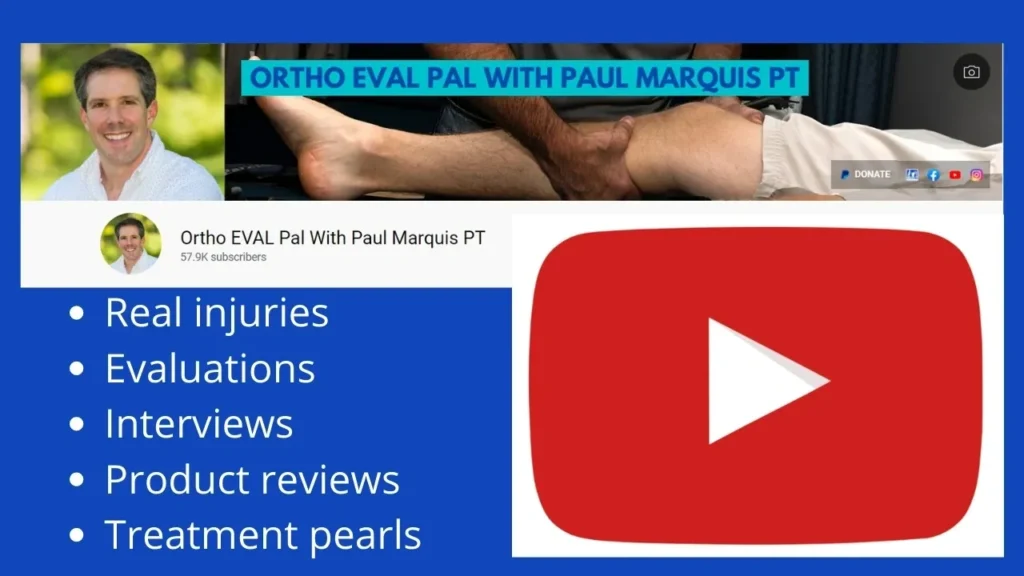
Ranked the #1 Orthopedic Podcast by Feedspot, The Ortho Eval Pal Podcast continues to bring you high quality content with over 30 years of experience. Everything from anatomy to interviews (with way smarter people than me 😉) Every Tuesday morning at 7am EST. You can find us on Apple Podcasts, Spotify or any platform you like to listen to podcasts on.
